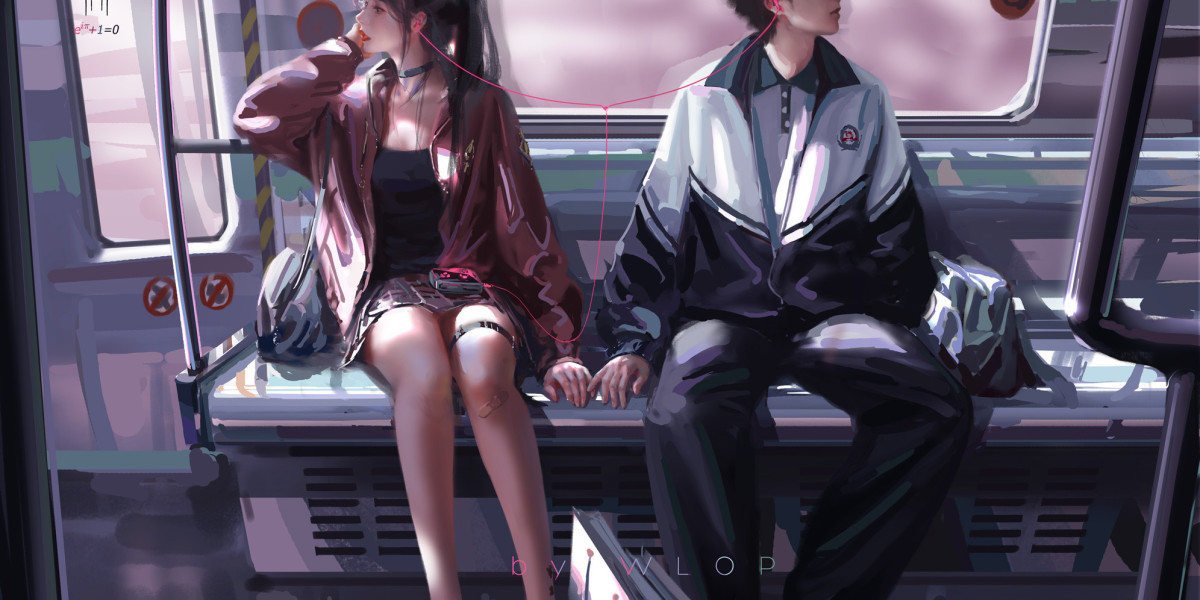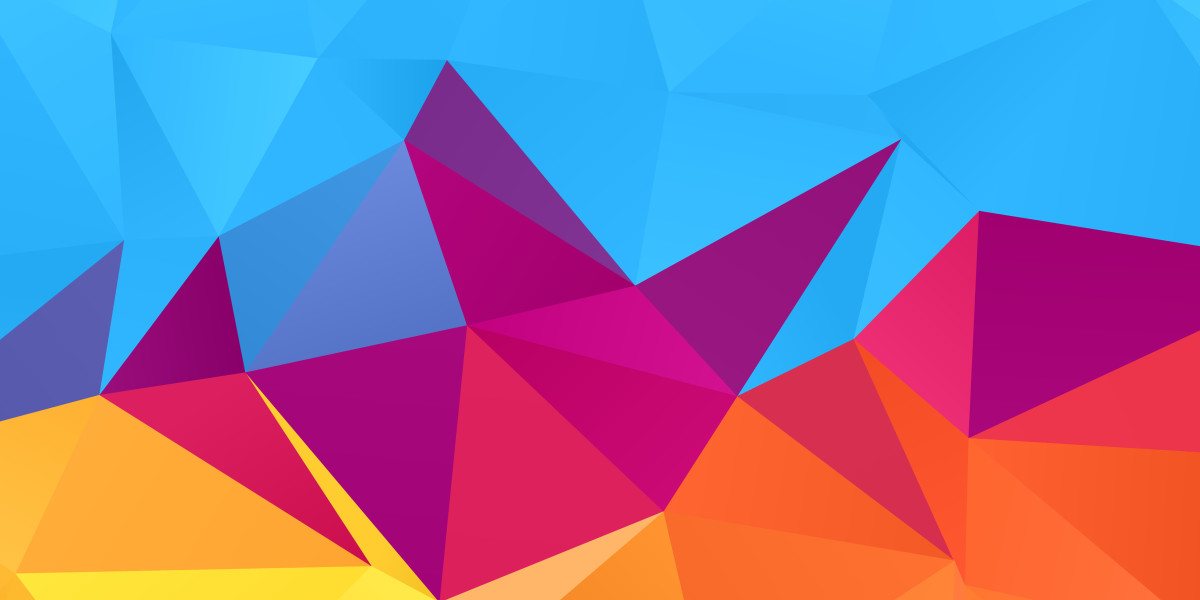Unlocking the Magic: Discover How AI Turns Words Into Stunning Visuals!
In recent years, the emergence of AI text-to-image generators has captured the imagination of artists, marketers, and tech enthusiasts alike. These innovative tools have gained immense popularity, enabling users to transform simple textual descriptions into breathtaking visual representations. Imagine typing a phrase like "a serene beach at sunset" and watching as an intricate image comes to life before your eyes—this is the magic of AI text-to-image technology.
The significance of converting text into images stretches beyond mere novelty; it holds profound implications across various sectors. From enhancing marketing strategies to revolutionizing artistic expression, AI-generated visuals are reshaping how we interact with and interpret information. As we delve deeper into this fascinating technology, we will uncover how it works, its applications, and the challenges it faces.
Understanding AI Text-to-Image Generators
AI text-to-image generators are sophisticated systems that utilize artificial intelligence to produce images based on written descriptions. At their core, these generators rely on machine learning techniques, particularly deep learning, to understand and interpret the nuances of language and visual representation. Essentially, they analyze a description, grasp the key elements, and translate them into a coherent visual format.
To achieve this, these generators often employ a combination of neural networks and vast datasets containing images paired with corresponding textual descriptions. This allows the AI to learn the relationships between words and visual elements, enabling it to create images that accurately reflect the provided text. For instance, if you input "a futuristic cityscape," the AI draws from its learned knowledge to synthesize an image that embodies that description—complete with towering skyscrapers and a vibrant skyline.
How AI Text-to-Image Generators Work
The process behind AI text-to-image generators begins with extensive training of AI models using large datasets. These datasets consist of countless images, each labeled with descriptive text that articulates what the image depicts. This training phase is critical, as it allows the AI to recognize patterns and associations between visual elements and words.
During training, algorithms such as convolutional neural networks (CNNs) are employed, which are particularly adept at processing image data. These networks analyze the visual features of images, while recurrent neural networks (RNNs) can process the sequential nature of language. By combining these techniques, AI models learn to generate images that not only visually represent the text but also maintain a level of artistic coherence. For instance, when a user requests an "enchanted forest," the AI utilizes its training to create a visually appealing and contextually relevant representation, often with intricate details that enhance the overall aesthetic.
Applications of AI Text-to-Image Generators
The applications of AI text-to-image generators are as diverse as they are exciting. In the realm of art, artists are using these tools to inspire new creations or visualize concepts that were previously difficult to depict. One of my friends, an illustrator, recently shared how she used an AI generator to explore different styles for a book cover, blending her artistic vision with the AI's capabilities.
In advertising, marketers leverage these generators to create eye-catching visuals tailored to specific campaigns, allowing for rapid production of tailored graphics. Additionally, in educational settings, these tools can help visualize complex concepts, making learning more engaging for students. Looking ahead, the potential for these technologies is vast. Future applications could include personalized content creation, where users generate unique visuals based on personal preferences or even virtual experiences that combine text, image, and interactive elements.
Challenges and Limitations
Despite the advancements in AI text-to-image generation, several challenges remain. One significant issue is accuracy; while AI can produce stunning visuals, it doesn't always faithfully represent the intended message or context. There are also concerns about bias in image generation, as the AI’s output can reflect the prejudices present in the training data. This can lead to the reinforcement of stereotypes or the omission of diverse perspectives.
Ethical considerations are paramount in discussions about AI-generated content. As these technologies gain traction, questions arise about authorship, originality, and the implications of using AI in creative processes. It's essential to navigate these challenges thoughtfully to ensure that the integration of AI into creative fields enhances rather than detracts from human creativity.
Key Takeaways on AI Text-to-Image Technology
In summary, AI text-to-image generators represent a groundbreaking intersection of technology and creativity. By converting textual descriptions into stunning visuals, they open new avenues for artistic expression, marketing innovation, and educational engagement. However, as we embrace these advancements, it’s crucial to remain aware of the challenges and ethical implications they bring. The potential of AI text-to-image generation is immense, and with thoughtful application, it can significantly impact how we create, share, and understand visual content.
As we stand on the brink of this technological revolution, one thing is clear: the fusion of AI with human creativity promises to unlock new realms of possibility, inspiring future generations of creators and thinkers.





